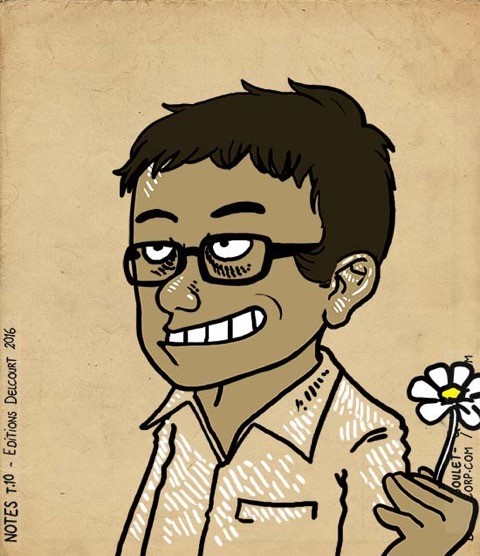The director of research of the prestigious Centre National de la Recherche Scientifique in Paris, Mario Chavez, will present his research work on March 25 at 11:45 am, in the hall of degrees Eduard Fontserè (Faculty of Physics and Chemistry of the UB)
This Tuesday, March 25, the Institute of Complex Systems (UBICS) is organizing the conference The latent geometry of brain networks as a biomarker in epilepsy, in which Dr. Mario Chávez will summarize the key points of his research on this neurological disorder. The event will take place at 11:45 a.m. in the hall of degrees Eduard Fontserè of the Faculty of Physics and Chemistry at the UB.
Epilepsy is a condition of recurrent unprovoked seizures resulting from different causes. This neurological disorder is nowadays conceptualized as a network disease with functionally and/or structurally aberrant connections on virtually all spatial scales. In epilepsy, brain synchronization generates and sustains normal, physiological brain dynamics during the seizure-free interval and is critically involved in the generation, maintenance, spread, and termination of pathophysiological activities such as seizures. Connectivity (network) analysis in epilepsy has provided valuable information on seizure onset, propagation and termination, as well on the functional organization of the brain after a resection surgery. Nevertheless, traditional (Euclidean) network embeddings are unable to fully capture the rich structural organization of brain connectivity, which motivates the quest for a latent geometry of the brain connectivity.
In this talk, Dr Chavez will show how non-Euclidean (hyperbolic) geometries can be used to represent brain connectivity networks of epileptic patients, and how these embeddings can be provide an appropriate representation to unveil properties that could potentially result in robust biomarkers in epilepsy. For the surgery outcome, this low-dimensional space can identify regions of interest responsible or implicated in the surgery failure that could help understanding the origin of the unfavorable surgery outcomes for some patients. On the other hand, hyperbolic embedding of EEG networks allows discriminating between networks from days with (preictal) and without (interictal) seizures.

Mario Chavez is a Research Director at the French “Centre National de la Recherche Scientifique” (CNRS). He has a background in complex systems applied to neurosciences (M.S. and Ph.D. degrees in France). After holding different postdoctoral positions (France & Italy) in the field of nonlinear physics and biomedical signal processing, he became a researcher at CNRS. His research activities concern new methodologies for characterising functional connectivity of electrophysiological signals recorded at multiple scales (LFP/MEG/EEG/SEEG/fMRI). He has developed a complex network-based framework to quantify the functional interactions between different neural structures involved in generation and propagation of epileptic activities
